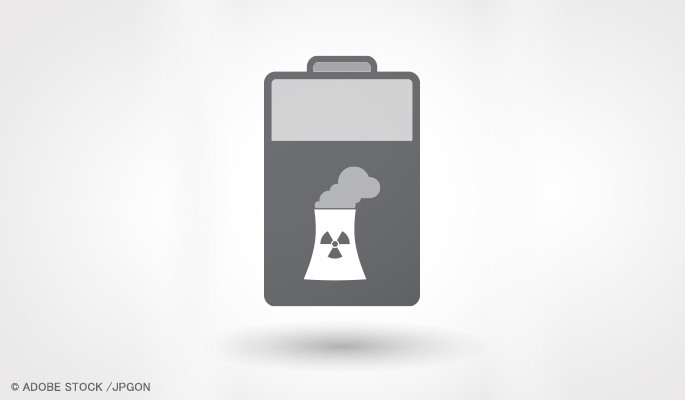
One of the substances that has proven both technically and politically difficult to deal with is nuclear waste. Spent fuel rods and other material have to be stored where they will be safe for thousands of years. Now a group of scientists at the University of Bristol in the UK are developing a way to extract carbon-14 from the waste created by the graphite blocks used in older British nuclear reactors to moderate the fission process, an emitter of low-level radiation. They use a recycling technology to create what is in effect a nuclear battery.
Using heat and pressure, the process compresses the carbon-14 into an industrial diamond. The diamond is then coated with a substance to contain the radiation to make it safe to use.
The radiation emitted by the C-14 diamond interacts with its crystal lattice to produce electrons, generating electricity. The resulting battery has no moving parts and can last for thousands of years. The battery has a 100 percent efficiency.
The applications of the nuclear battery in devices that use a small amount of electricity but need to last a long time without recharging or replacing are nearly endless. The nuclear battery could power high-altitude drones, satellites, and space probes used on long-duration, deep-space missions.
The University of Bristol scientists have already demonstrated a prototype of the nuclear battery using nickel-63 as a radiation source. Carbon-14 will be more efficient, and the team is moving to create batteries using that particular isotope. This recycling innovation promises to alleviate the problem of nuclear waste and create a new, emission-free power source.




































































































































 Three Ways to Engage Teams and Clients to Maximize Your Recycling Program Engagement
Three Ways to Engage Teams and Clients to Maximize Your Recycling Program Engagement  How to Integrate Accessibility Into Your Sustainability Planning
How to Integrate Accessibility Into Your Sustainability Planning  Why Park Benches Can Promote Workplace Well-Being
Why Park Benches Can Promote Workplace Well-Being 
